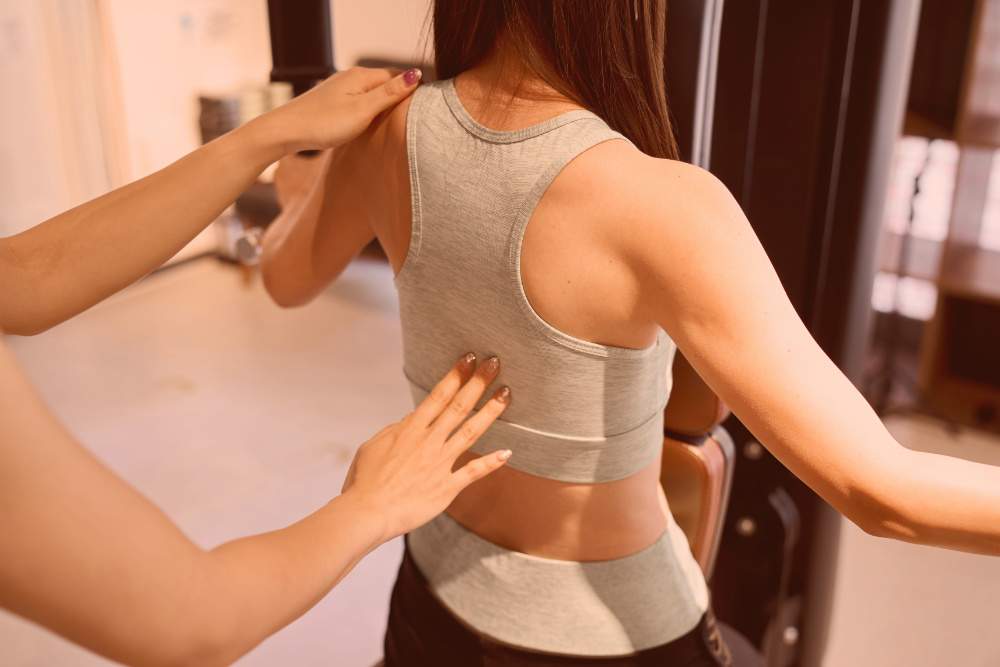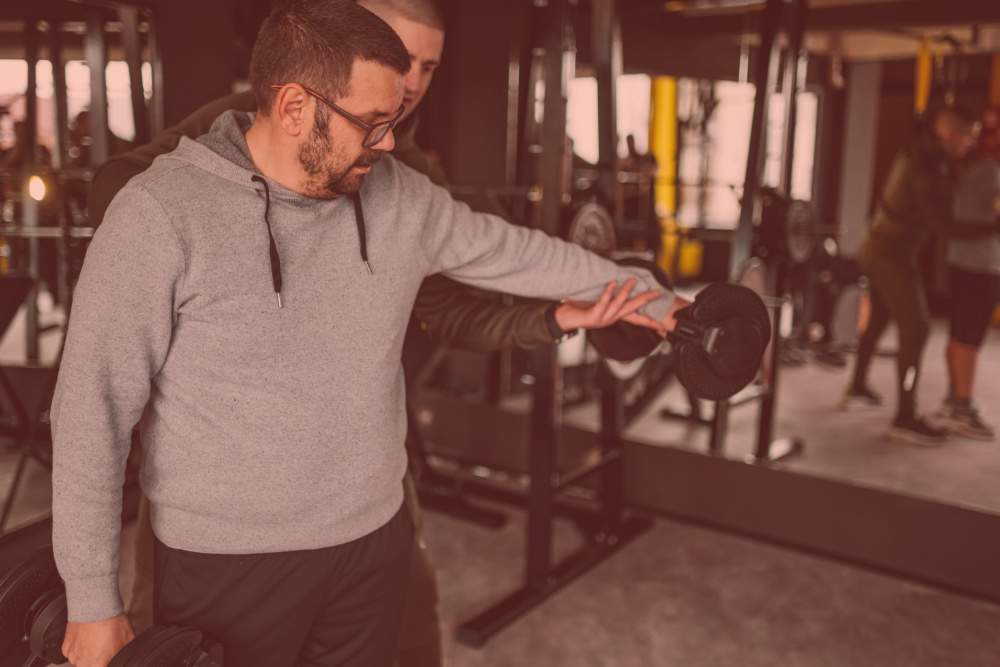Posture impacts pain, energy, and confidence. For St Kilda locals spending long hours at desks, targeted posture correction can reduce aches fast and help you stand taller without thinking about it.
What Is Posture Correction?
It’s training your body to sit, stand, and move with joints stacked and muscles sharing load properly—so nothing is working overtime.
Poor alignment forces extra effort, tightens joints, and can reduce lung capacity by up to a third, leaving you under‑oxygenated and fatigued.
Do You Need It?
Signs To Watch
- Neck/shoulder pain or headaches starting at the skull base
- Back pain worsening through the day
- Rounded shoulders, forward head, or uneven shoulders/hips
- Standing upright feels like work
Pain usually appears after months or years of compensation—address the cause, not just the symptoms.
Why St Kilda Sees So Much Of It
Desk work, screen time, weak cores, tight hip flexors, poor sleep positions, and low daily movement all reinforce slouching. Phone use alone can load your neck with ~27 kg when you look down.
Can It Fix Pain?
Yes—reducing strain on irritated tissues eases pain. Consistent training often brings relief within 2–4 weeks; larger posture changes arrive over 6–12 weeks.
What Training Includes
Core Components
- Assessment: identify rounded shoulders, forward head, pelvic tilt, and movement habits
- Strength: core, upper back, glutes to hold alignment effortlessly
- Mobility: lengthen tight chest, neck, and hip flexors pulling you out of position
- Movement retraining: sitting, lifting, and standing strategies for daily life
- Habits: reminders and ergonomics to reinforce good positions all day
Timeline For Results
What To Expect
- 2–3 weeks: reduced neck/shoulder tension; standing tall feels easier
- 6–12 weeks: visible posture change as muscles and nervous system adapt
- 3–6 months: automatic upright posture with minimal cues
Exercises That Work
For Rounded Shoulders
- Wall angels
- Band pull‑aparts
- Doorway chest stretch
For Forward Head
- Chin tucks
- Prone neck extensions
- Upper trap stretch
For Low‑Back Issues
- Dead bugs
- Bird dogs
- Half‑kneeling hip‑flexor stretch
These address the classic imbalance: weak posterior chain and core with tight fronts of hips and chest.
Costs In Melbourne
Typical Fees
- Personal trainers (corrective): $60–$120 per 45–60 min
- Physiotherapists: $80–$150 (initials often higher)
- Exercise physiologists: $90–$140 (Medicare rebates with GP plan)
- Pilates: groups $30–$50; privates $80–$120
Plan 8–12 sessions to learn technique and habits, then monthly tune‑ups or independent maintenance.
DIY Improvements
Home Action Steps
- Ergonomics: screen at eye level, feet flat, elbows ~90°
- Move every 30 minutes: stand, walk, or mobilise
- Daily core: 10 minutes of planks, dead bugs, bird dogs
- Stretch tight zones: chest, hip flexors, neck (30‑second holds)
- Posture check reminders on your phone
Self‑work helps, but a professional assessment targets the exact drivers of your posture.
Choosing A Specialist
What To Look For
- Credentials: Cert III/IV (PT), physiotherapy degree, or exercise physiology
- Extra training in corrective exercise and movement assessment
- Clear assessment process and personalised plan
- Experience with desk‑worker posture cases
- Plain‑English explanations of the “why” behind exercises
Common Questions
How often should I do posture exercises?
Five to six days weekly for 15–20 minutes—consistency beats intensity.
Will posture slip back if I stop?
If old habits return, yes. After retraining, maintenance is lighter but still needed.
Can correction help headaches and breathing?
Often yes. Easing neck/shoulder tension reduces many headaches, and open chest positioning improves lung expansion.
Too late to fix if I’m older?
No—adaptation occurs at any age, though changes may take longer.
Is “sitting up straight” enough?
No. You need stronger postural muscles and longer tight tissues so upright feels natural.
Sleep posture tips?
Back or side with a supportive pillow keeping neck aligned; avoid stomach sleeping.


